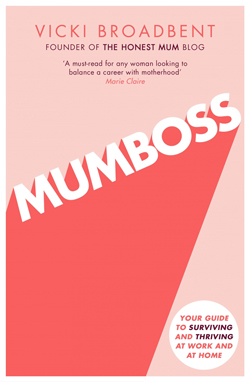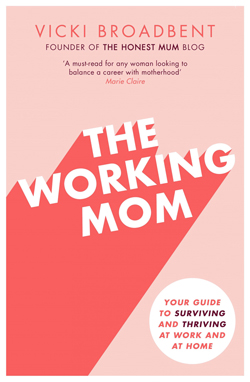It’s Time To Discuss About The place Infants Come From-The Trendy Manner
Rachel HS Ginocchio holds a Grasp’s Diploma in Public Well being (MPH) from the College of Washington, and has been working within the subject of reproductive well being and sexual well being training for over a dozen years. Most just lately, she based Roads to Household, by which she writes, teaches and speaks about human copy and household formation. Her ebook Roads to Household: All of the Methods We Come to Be (Lerner Publishing Group) is written for youth, households and school rooms. It explains all of the methods people reproduce (with and with out help) and explores the complexity of what it means to be household. You will discover out extra about Rachel and her work, and entry free instructional supplies at www.roadstofamily.com.
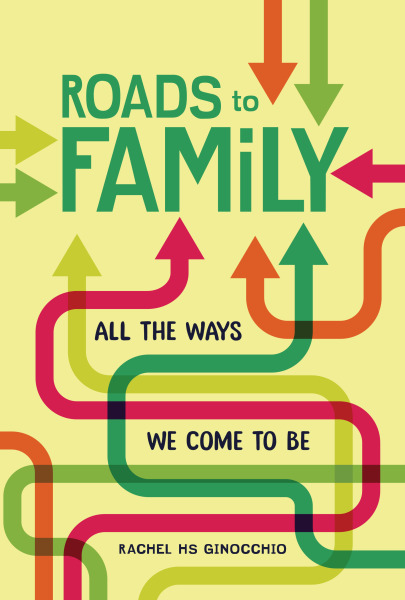
When a baby seems up and asks, ‘The place do infants come from?’ we will’t preserve stammering out the identical previous reply we at all times have been. With trendy advances in copy (insemination, IVF, donor conception and surrogacy) and conventional and non-traditional household constructions, it’s time to modernize the reason. On this weblog, creator/educator Rachel Ginocchio, MPH, guides us in discussing human copy with our children – regardless of how they got here to be on this world, or how they got here to be a part of their household. It’s a pleasure to share her strategy to discussing the place infants come from-the trendy method with this visitor publish beneath! Over to Rachel…
The strategy:
The important thing to instructing our children complicated, emotionally-charged matters, is to interrupt the knowledge down into small bite-sized items. Then construct on these nuggets as they develop and develop the capability to grasp. Gone are the times of sitting our children down and having the dreaded ‘discuss.’ As a substitute, we need to reply their questions and seize on teachable moments as they come up.
Dad and mom typically need to know what’s applicable at what age. Right here’s the underside line. Your little one’s curiosity will drive the questions they’re asking; so if they’re interested in one thing, it’s age-appropriate. However that doesn’t imply any and all solutions are age-appropriate. Generally our children are asking for data, typically they simply need to know if their ideas, emotions, and our bodies are regular, typically they need to know what’s proper and flawed, and typically they’re simply pushing our buttons. Age-appropriateness will not be about what they’re asking, it’s about how you’re answering!
Right here’s an strategy you should utilize and hone over time. It doesn’t matter what they ask, with a relaxed, lighthearted demeanor, validate: ‘I’m so glad you requested!’ (Not, ‘the place the hell did you hear that?’ Or, ‘I’m gonna punish the low-life scum that informed you that’). Subsequent, give a short (three or 4 sentences max), easy reply. Then zip it for at the very least 15 seconds. Give them time to ask a follow-up query. In the event that they don’t, verify in with them: ‘Did that reply your query?’ as a result of typically we expect they’re asking one factor, however they’re actually asking one thing else. Finish with one other validation: ‘I like you’ or ‘isn’t the human physique superb?’
In case your little one isn’t asking an entire lot of questions – not all children do – seize upon ‘teachable moments.’ When you tune your ears to them, you’ll begin to choose up on teachable moments whereas your child is watching a film, studying a ebook, taking part in a online game, listening to music, or simply hanging out with a pal. One in every of my favourite teachable moments got here when my daughter was about six. She used to kind households along with her Barbie dolls – normally two of the dolls had been the mommies and the remainder had been the children.
Me: ‘Hey. I used to be questioning how these children got here to be a part of Barbies’ household?’
Daughter: ‘What do you imply?’
Me: ‘Nicely, since there are two mothers in that household, I’m curious how they made their household.’
At this level my daughter nonetheless wasn’t fairly positive the place I used to be going with this. However since she didn’t shrug or flip away (which might have signaled she was finished and I ought to cease), I stored going.
Me: ‘Did they undertake, are they fostering, or did they’ve a sperm donor?’
OK – to be trustworthy, in my household this wasn’t actually something new. However in most conventional households, this temporary interplay [aka teachable moment) would have provided a great opportunity to discuss three different ways that kids come to be part of their families.
You can always follow-up questions and teachable moments with books and other resources. But don’t keep coming back to the topic over and over again in a short period of time. Kids don’t want to feel ambushed.
Where do babies come from?
Keep these approaches in mind, when you are ready to teach your child about human reproduction and family formation.
In the following primer on explaining where babies come from, I draw on my expertise as a sexual health educator and as a mom via international adoption and IVF. I also come from a three generation family created through foster care and adoption. In addition to my own experiences, I bring in the wisdom of experts and over two dozen families who shared their insights with me for my recently published book (Lerner Publishing Group) “Roads to Family: All the Ways We Come to be.”
Let me begin by sharing the insights of one of my favorite sexual health educators and writers, Deborah Roffman. First and foremost, she reminds us that when kids ask about sex and pregnancy, they are not asking about adult sexual behavior!
Here are Deborah’s thoughts on where kids are at developmentally when they ask about their origins, and my example responses.
- Deborah: When a 4-year-old asks, ‘Where did I come from?’ they aren’t interested in learning about sex, pregnancy and birth. They are interested in location and time.
Rachel: A simple answer is ‘You grew in a part of the body called the uterus.’ If they make a fist and place it on their tummy below their belly button, they can imagine where the uterus is inside a female body. - Deborah: When a 5-year-old asks, ‘How did I get out of there?’ it’s because they’re newly obsessed with movement through time and space.
Rachel: A simple answer is that when babies are ready to be born, the uterus contracts and squeezes the baby out of the body, through the vagina. Other babies are lifted out of the uterus by a surgeon, through an incision in the tummy. - Deborah: When a 6-year-old asks ‘How did I get in there in the first place?’ they are now ready to understand the science of reproduction.
Rachel: Let’s go there!
Here’s a bird’s eye view of what a six year-old (or a bit younger or older, depending on the kid) is likely ready for. You can use simple language or scientific concepts:
It takes three ingredients to make a baby: a sperm cell, an egg cell, and a uterus. After an egg cell and a sperm cell join together [fertilization], they create an embryo. When an embryo attaches [implants] to the uterus, and continues to develop for about 9 months [gestation], a child is able to be born. Quite a bit has to occur for this entire course of to work, however when it does, we will welcome a brand new child into the world.
The child-making elements
Some mother and father don’t love utilizing phrases like sperm and egg cells, and use analogies like ‘planting seeds.’ There is no such thing as a hurt on this, although it’s vital to acknowledge that it’s normally concerning the grownup’s discomfort, not the children’! Most kids don’t actually turn into embarrassed about these things till higher elementary college. Ah, the fun of puberty!
I like to elucidate it like this: ‘We have now eyeball cells and hair cells and and cells that make up our stomach button. We even have cells that make new people – these are referred to as egg and sperm cells.’ Shawn is one other mother that used the correct names for physique elements proper off the bat. As she explains, ‘Begin the way you need to end. There is no such thing as a motive to make up names after which must retell the entire story once more with totally different phrases.’
The place do baby-making elements come from?
We have now a lot of methods in our physique. We have now a digestive system that breaks down meals into vitamins our physique must develop. We have now a neurological system that permits us to suppose, communicate and discuss. Our reproductive methods make and retailer egg and sperm cells and transport them to the place they should go to make a child.
It’s useful to point out your children illustrations of human anatomy.
Feminine Reproductive System
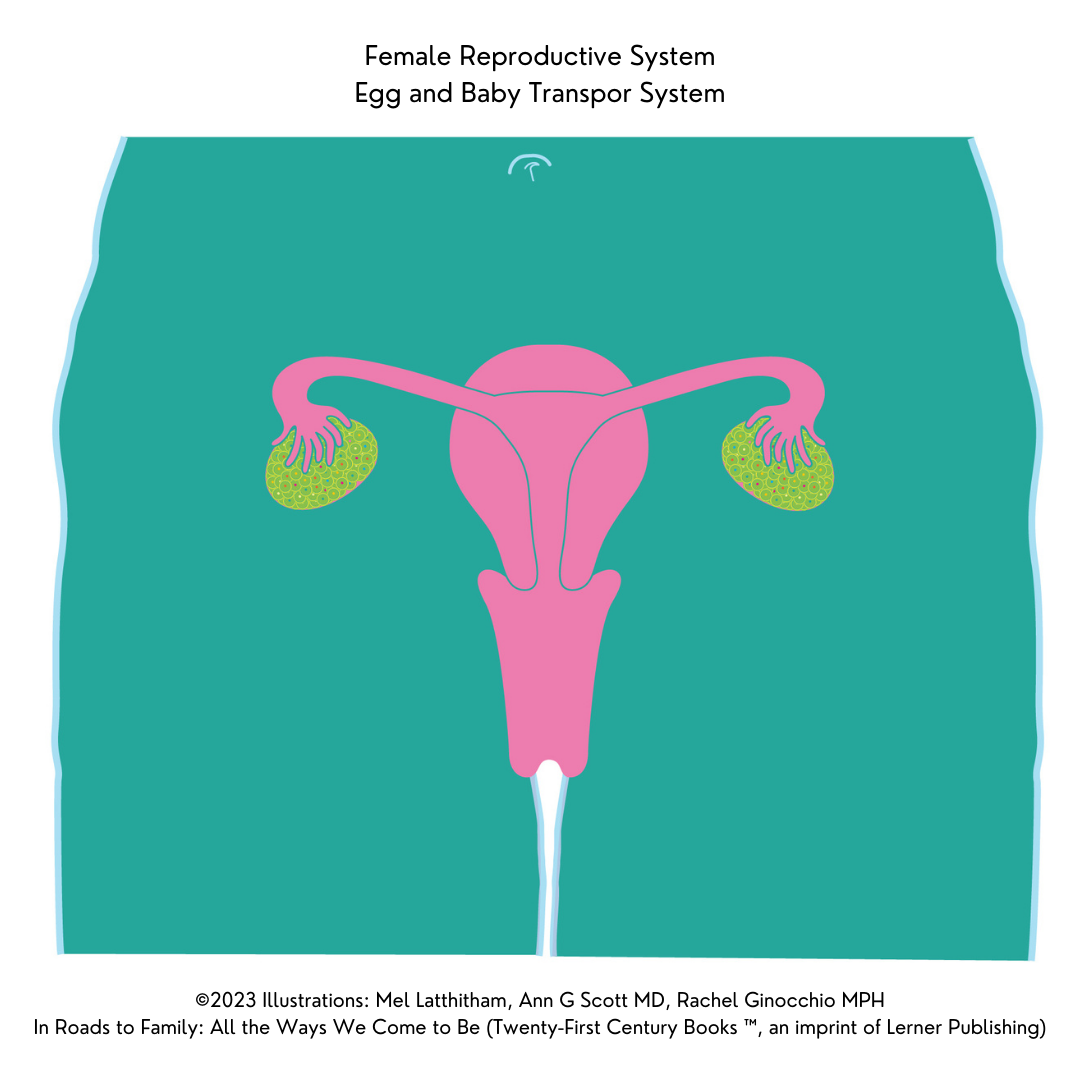
Male Reproductive System
 For extra free illustrations go to: www.roadstofamily.com.
For extra free illustrations go to: www.roadstofamily.com.
Level to the testicles because the organ that produces sperm. Level to the ovaries because the place the place eggs are made. We designed these illustrations like a maze – you and your little one can hint the trail that the egg and the sperm take when they’re despatched on their solution to make a child.
In the event you don’t really feel like your little one is prepared for these illustrations, have enjoyable drawing some easy graphics!

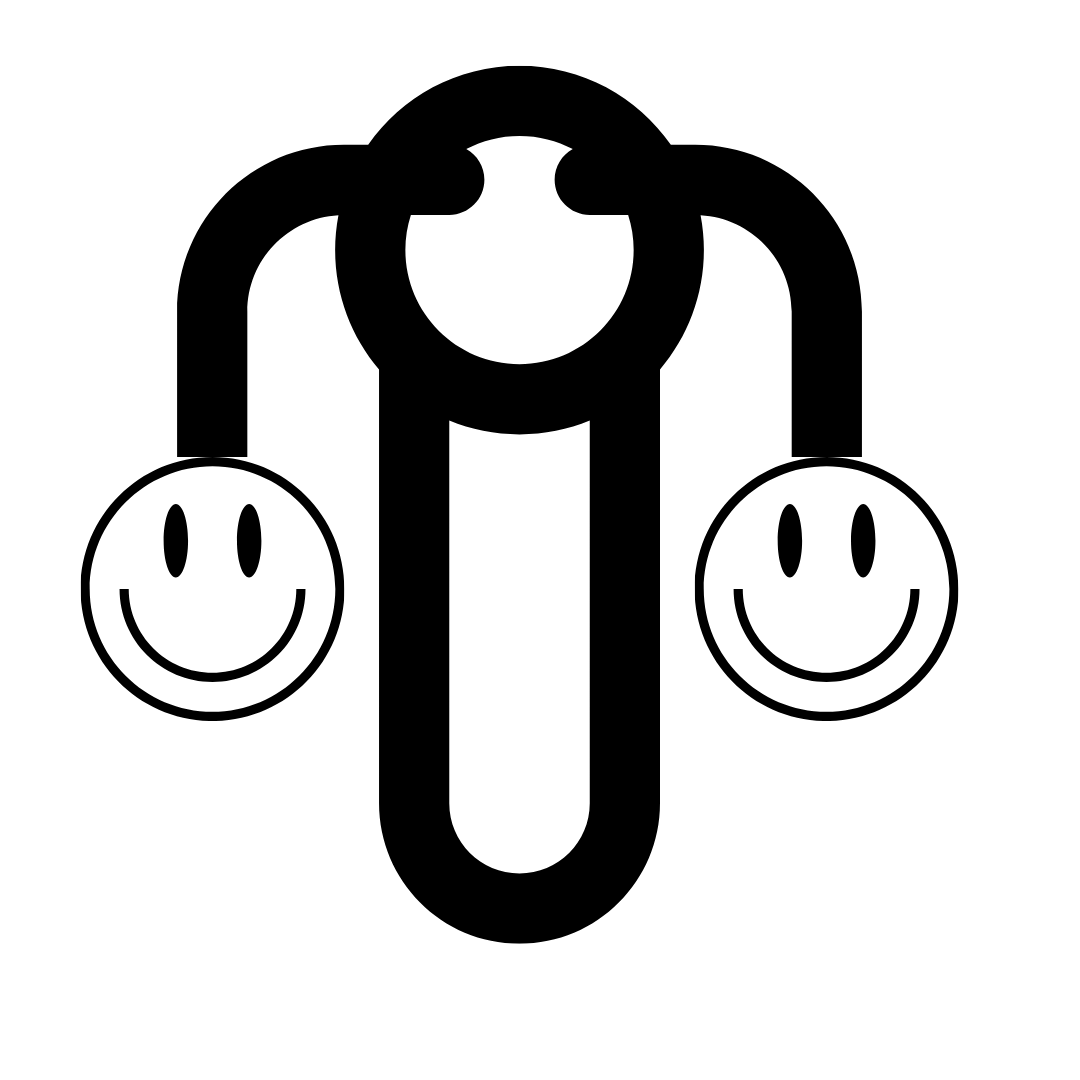
Credit score for photos as earlier than.
With my fourth grade courses, we typically use M&M’s and goldfish crackers to ‘draw’ anatomy on a desk, and to speak concerning the physique elements and their perform. Some children suppose it’s hilarious and a few won’t ever eat one other cracker once more. You realize your child!
Child-making elements can come from quite a lot of totally different folks.
Generally mother and father are those that present the sperm and egg cells. If a baby is adopted or grew up in foster care, is being raised in a blended or prolonged household, it’s possible their beginning or first mother and father that offered the egg and/or sperm cells.
Different instances a donor does. A donor is somebody who offers their sperm or egg cells to another person, to allow them to create a child. A donor could be a pal, neighbor, relative or an acquaintance. Different mother and father discover donors on the Web or by a sperm or egg financial institution [cryobank]. The vital factor to bear in mind is that typically children have a relationship with their donor and different instances they don’t know them in any respect.
That is how Ruth defined what a donor is to her four-year previous daughter, Kianni. ‘The physician confirmed me a bunch of various seeds. I picked out a really particular one and the physician planted it in Mommy’s tummy. That grew right into a child.’ As Kianni obtained older, her mother elaborated that ‘the particular seed that created you got here from a person–an precise individual with a reputation.’
It took Alexander till he was about eight to essentially get the entire donor factor, which is how he was conceived. ‘Now when folks ask, I clarify {that a} donor-dad is somebody who helps a mom have a child.’ Or as eight year-old Jackie defined to her mates over pizza one night time, ‘My mother went to a financial institution. Like an everyday financial institution, however for sperm as a substitute of cash.’ For sure, your job is to offer your children foundational data, and they’re going to develop their very own vocabulary to explain egg, sperm [and embryo] donors. Whenever you hear them, you’ll be able to course appropriate (or not, if what they are saying is charmingly humorous, because it typically is), be sure that they’re being respectful, and assist form their vocabulary as they discover what phrases really feel proper to them.
The uterus is the place an embryo develops right into a child. Generally this occurs within the mom’s uterus (together with beginning and first moms in lots of households) and typically gestation takes place in a surrogate’s uterus. A surrogate is somebody who offers beginning to a child for another person.
When your little one is prepared, you’ll be able to layer on some extra particulars. There are two varieties of surrogates. A genetic surrogate performs two roles. They’re an egg donor and so they develop the child of their uterus. [Since half our DNA comes from the sperm cell that creates us and half from the egg cell that creates us, a genetic surrogate is genetically related to the child]. A gestational surrogate [gestational carrier] is somebody who supplies solely the uterus – not the egg. [The gestational surrogate and the baby are not genetically related]
How do the baby-making elements work collectively to kind a being pregnant?
Meals for thought! It’s truly simpler for those who begin the dialog with IVF. There isn’t any hanky-panky concerned, so it may be useful to start with the science after which get to the extra intimate methods of becoming a member of gametes. However you may additionally need to first introduce the way in which your little one got here into the world after which deliver up different technique of copy at a later time.
Intercourse: Intercourse can imply quite a lot of various things to totally different folks, however we’re going to speak about the kind of intercourse that may make a brand new human. When a feminine and male deliver their bare our bodies tremendous shut, they will information the penis into the vagina. In case your little one asks, or if they’re sufficiently old, you’ll be able to clarify that the penis must be onerous for this to work [erection].
The motion of their our bodies causes sperm to journey by the sperm transport system, out the tip of the penis [ejaculation], and into the opposite individual’s vagina. From there, the sperm journey by the egg and child transport system in the hunt for an egg. If an egg has left an ovary, which occurs routinely about as soon as a month [ovulation], the sperm and egg can be a part of collectively [fertilization]. In the event that they do, they will kind an embryo that may develop right into a child [gestation] able to be born in about 9 months.
Pause right here. Let it soak in. Verify in together with your little one. How are they feeling? If they’re grossed out, that isn’t a nasty factor! You’ll be able to clarify that intercourse is grownup conduct that they won’t be partaking in for a really very long time, in order that it is sensible that it sounds yucky to them.
They’re more likely to come again in an hour, or in a number of hours, or one other day. It’s frequent for youth to place two-and-two collectively. As Dave and Silke recall, after they defined intercourse to their daughter, she checked out them wide-eyed and requested, ‘So that you two did that?’ When her mother and father nodded, she about confronted and walked away. They knew that of their daughter’s thoughts, she accepted that that they had finished that as soon as – to have her. They let it go, understanding that sooner or later she’d work out the larger image!
Give your little one some books to have a look at on their very own time. Allow them to know that if they’ve extra questions, they will come to you anytime. Let a while move, verify in from time to time to see if they’ve questions, and search for some teachable moments. However your children don’t need you to deliver the subject up time and again. Construct on the ideas persistently, however over time.
Insemination
There are different methods to make a child. Insemination and in vitro fertilization (IVF) are vital for plenty of households, like single-parents and identical intercourse {couples} and people coping with infertility – individuals who attempt to make a child with intercourse, however aren’t capable of.
With insemination, sperm will not be launched [ejaculated] into the vagina like it’s with intercourse, it’s launched right into a cup. The sperm is then suctioned out of the container [usually with a needless syringe] and launched into the egg and child transport system. As soon as contained in the physique, sperm swim in the hunt for an egg, similar to they do with intercourse. If the sperm and egg be a part of collectively [fertilization], and the embryo implants and develops for 9 months [gestation], a child is able to come into the world.
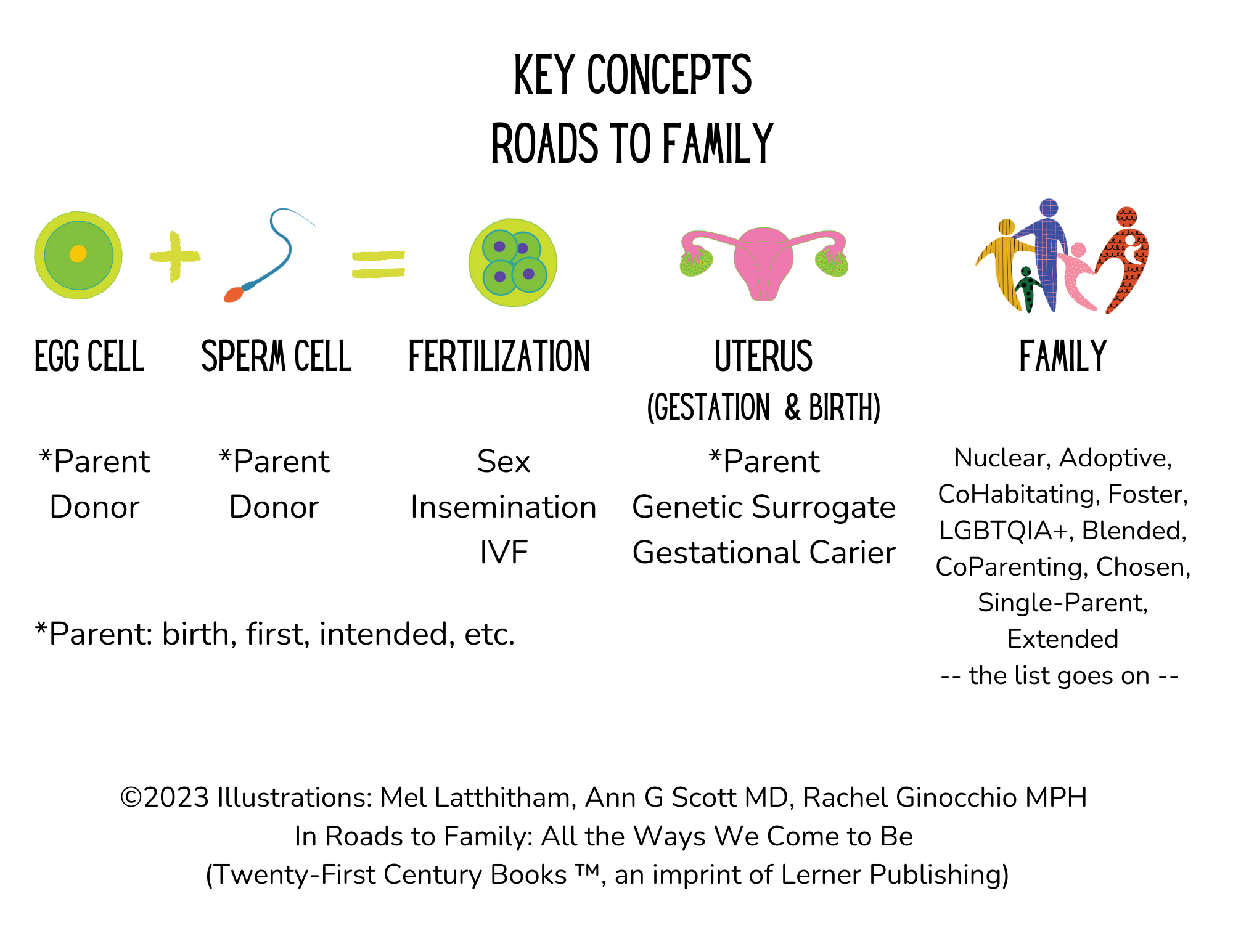
In Vitro-Fertilization (IVF)
With IVF, sperm are launched [ejaculated] right into a container, similar to with insemination. A surgeon removes eggs from the ovaries and locations them in one other container referred to as a petri dish. Generally sperm are added to the petri dish with the eggs, and the sperm swim round till they discover an egg to affix with [fertilization]. Different instances, a single sperm is plucked from the container and injected immediately into an egg. After the sperm and egg be a part of collectively [fertilization], they’re left to develop within the petri dish for a number of days. A wholesome embryo is then chosen and positioned into the uterus. The embryo can connect [implant] and has 9 months to prepare for the world [gestation].
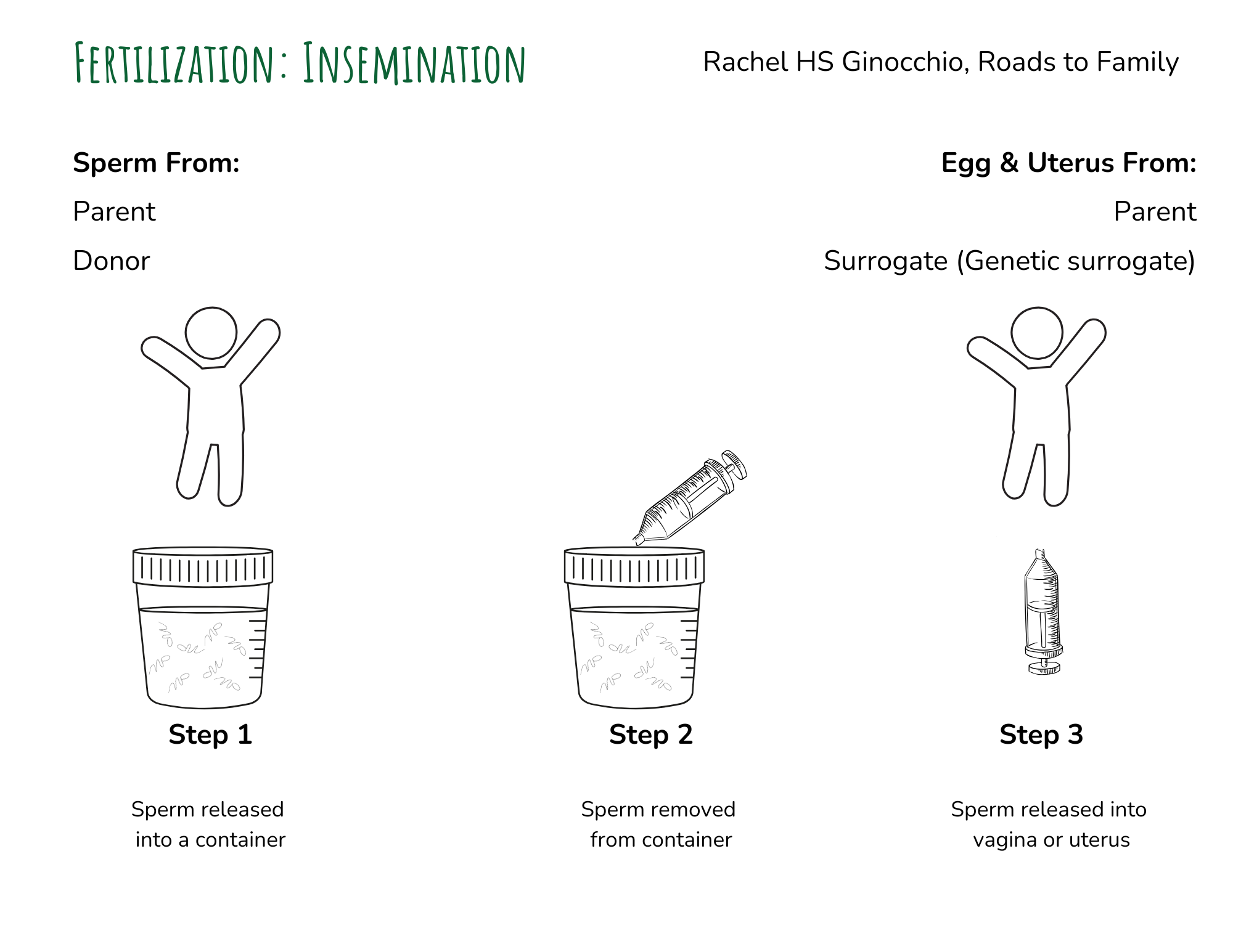
What does all of it imply?
The underside line is that typically the individuals who present the elements to create a baby are usually not the identical people who find themselves presently elevating the kid. That is true for single-parents, same-sex mother and father, and blended, prolonged, cohabitating, adoptive, foster and chosen households – simply to call a number of. It’s also true for households who use donor conception and surrogacy to develop their households. Households use totally different names for all of the people who play a job in creating and elevating kids. It’s as much as every household to determine who’s of their household and what to name them.
As Shawn explains to 6 year-old Alexander, ‘Making a child requires an egg from a lady and a sperm from a person. Mommy and Daddy couldn’t do this, in order that they wanted assist. Generally the individuals who give the sperm and the egg are associated to you and typically they aren’t.’
We all know from a lot analysis, essays and private accounts that folks need to know their origin tales from the get go. They don’t need a massive reveal or an ‘ah ha second’ when their mother and father inform them the reality. They need to develop up by no means remembering a time after they had been informed. Kianni, a donor conceived younger grownup advises, ‘In the event you permit them that data, it creates a strong basis from which they will construct their self-identity and self price. It lets them be assured in who they’re.’
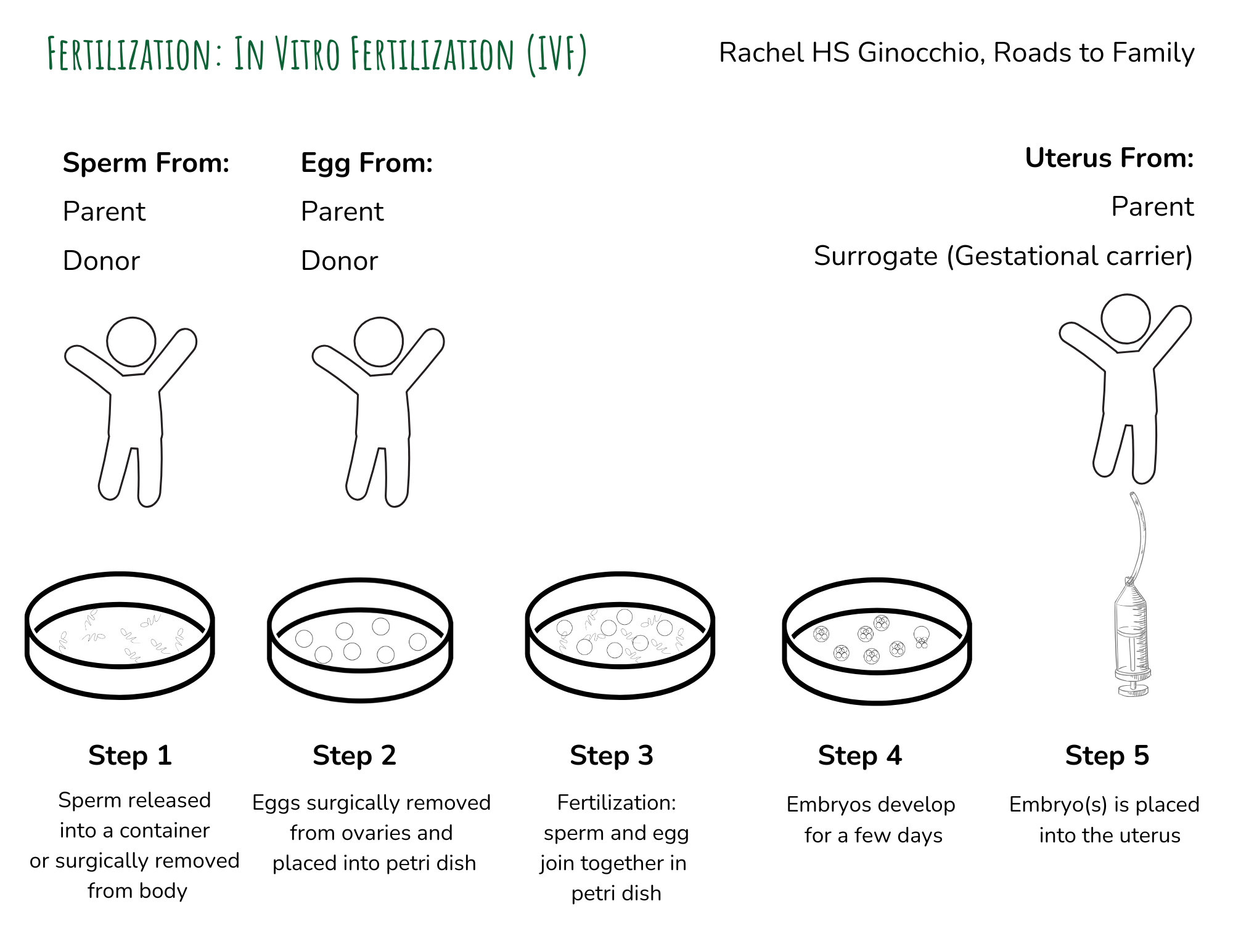
What’s going to your strategy be?
Take into consideration your personal expertise studying about puberty and copy. What went nicely and what didn’t, and the way would you like this expertise to be totally different on your children? Time and time once more, teenagers inform us that what helps them essentially the most in coping with all of the difficult issues happening of their lives (e.g., friendships) is having a supportive grownup they’re comfy speaking to. It’s by no means too early or too late to be that grownup. However for those who begin when they’re younger, you’ll have a lot of time to make errors and get higher at it! And have in mind, you actually do need your children to study intercourse and being pregnant earlier than they be taught it from the media (Web, promoting, video video games, TikTok, and many others.) or their mates. Whenever you discuss to your children, you get to impart them with details and also you get to share your values with them.
Heat up Train
You are able to do this!
Here’s a enjoyable warm-up exercise to get you comfy with some anatomy vocabulary. It’s a two-minute sing-along from Apple TV’s Shmigadoon – the scene when Cecily Sturdy explains the place infants come from.
Right here’s an age-by-age information from Parents on when to speak to your children.
The place to get extra data:
Roads to Household: All of the Methods We Come to Be (Lerner Publishing Group), makes use of actual life tales to elucidate the science of human copy and to discover what it means to form, discover and be household. It’s written for center and highschool college students, households, and school rooms and is out there by Amazon, Amazon UK, or wherever books are bought.
Along with the ebook, I obtained a grant from the Oregon Division of Schooling to create free illustrations, classes, dialogue prompts, and educator guides. These will be discovered at my web site: www.roadstofamily.com.
It’s also possible to comply with me on social @roadstofamily.
Thanks Rachel for an informative and constructive information to discussing the place infants come from-in a contemporary way- with kids.
Purchase my bestselling ebook in paperback or audio
My debut ebook is my information to surviving and thriving at work and at residence and provides perception into the way to create a digital enterprise or return to work with confidence.
Mumboss: The Trustworthy Mum’s Information to Surviving and Thriving at Work and at Dwelling
(UK 2nd Version)
Out there on Amazon or Audible
The Working Mother: Your Information to Surviving and Thriving at Work and at Dwelling
(US/Canada Version)
Out there September eighth 2020. Order now on Amazon
Trending Merchandise

